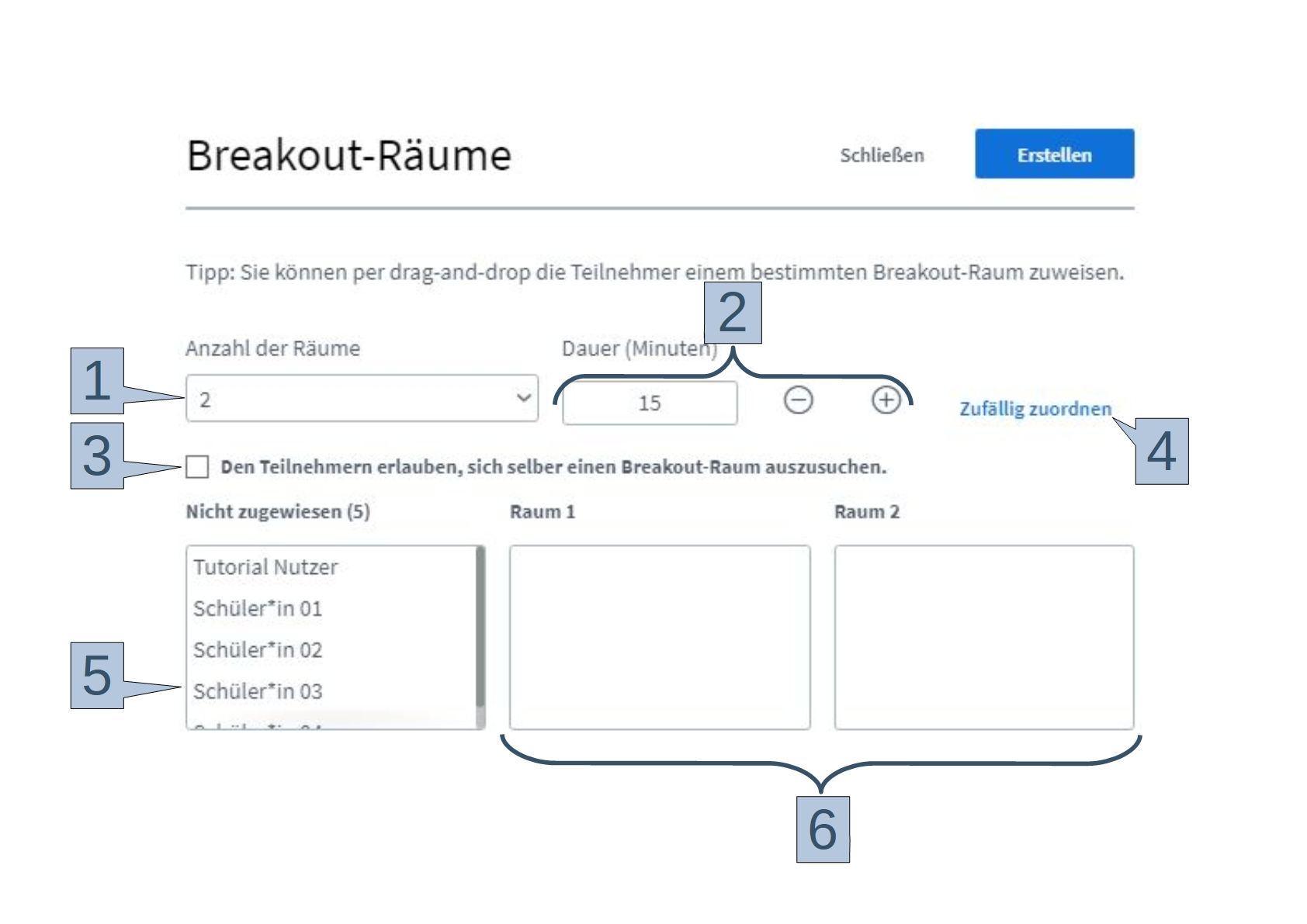Investing in the stock market can be a lucrative endeavor, but it requires careful analysis and strategic decision-making. One popular strategy that investors use to identify potential winners is finding breakout stocks. These are stocks that have the potential for significant price increases in a relatively short period of time.
In this article, we will explore what breakout stocks are, their characteristics, strategies for finding them, and tips for managing these investments effectively.
What are breakout stocks?
Breakout stocks are those that experience a sudden surge in price after breaking through a resistance level. This upward movement signifies a shift in market sentiment, attracting increased buying activity. Identifying breakout stocks is crucial for investors looking to maximize returns and take advantage of positive market sentiments.
By getting in early on these upward trends, investors can potentially earn significant profits by riding the wave of increasing demand.
To effectively identify breakout stocks, investors use technical analysis tools such as chart patterns, moving averages, and volume indicators. However, caution is necessary as false breakouts or reversals can occur. Thorough research and analysis are essential before making investment decisions based on breakout patterns.
In summary, breakout stocks offer an opportunity to capitalize on positive market sentiments and potentially earn substantial profits. Careful consideration and research are needed to navigate the risks associated with false breakouts.
Characteristics of Breakout Stocks
To effectively find breakout stocks, it is crucial to understand their key characteristics. These indicators help investors identify potential opportunities in the market.
Breakout stocks exhibit strong upward price momentum, indicating sustained buying pressure and growing interest in the stock. Identifying stocks with this characteristic allows investors to benefit from short-term gains and long-term growth potential.
A volume spike occurs when there is a sudden surge in trading activity, suggesting heightened market interest and increased liquidity. Comparing current trading volumes with historical averages helps identify significant volume spikes, which are essential when considering breakout stocks.
Resistance levels act as barriers preventing a stock’s upward movement due to selling pressure or profit-taking by investors. Identifying breakouts above these levels signifies a shift in market sentiment and indicates that buying pressure has overcome selling pressure, potentially leading to sharp price increases.
In summary, breakout stocks possess distinct characteristics such as strong upward price momentum, volume spikes, and breakouts above resistance levels. Understanding these indicators helps investors make informed decisions and increase their chances of identifying breakout stocks with high growth potential.
Strategies for Finding Breakout Stocks
To find breakout stocks, investors can utilize technical analysis indicators and fundamental analysis factors. Technical analysis indicators such as moving averages and moving average crossovers help identify trends and confirm breakout opportunities.
The Relative Strength Index (RSI) is another useful tool that indicates overbought or oversold conditions and confirms breakouts when combined with other indicators. On the fundamental side, strong earnings growth attracts investor interest and can lead to breakout opportunities.
Positive earnings surprises trigger increased buying activity, propelling stock prices beyond resistance levels. Monitoring market sentiment and identifying industries experiencing positive trends also uncovers breakout opportunities within specific sectors.
By combining these strategies, investors can increase their chances of finding profitable breakout stocks.
Successful Breakout Stocks Examples
In this section, we will explore two case studies of successful breakout stocks that have experienced remarkable growth and overcome various challenges. We’ll analyze the factors contributing to their success and the strategies employed, providing valuable insights for investors seeking potential breakout stocks.
Company X was once a relatively unknown player in the tech industry with low stock trading levels. However, through a groundbreaking product launch, positive earnings surprises, and favorable market sentiment towards the tech sector, it managed to transform its fortunes and achieve breakout success.
Company Y faced significant hurdles, including operational difficulties and negative market sentiment towards its industry. Nevertheless, through strategic restructuring, cost-cutting measures, and positive industry developments, it turned things around and experienced a breakout despite initial setbacks.
These case studies highlight the characteristics necessary for achieving remarkable growth in the stock market. By understanding these stories, investors can gain insights into identifying potential breakout stocks and navigating market conditions for successful investments.
Tips for Managing Breakout Stock Investments
Investing in breakout stocks requires effective management strategies. Set realistic price targets and stop-loss orders to mitigate risk and ensure disciplined decision-making. Regularly monitor the stock’s performance and adjust investment strategies based on new developments and market dynamics.
By following these tips, investors can navigate the volatile world of breakout stock investments successfully.
Final Thoughts on Finding Breakout Stocks
Investing in breakout stocks requires patience, discipline, and continuous learning. Thorough research and analysis are necessary to identify overlooked opportunities. Having a well-defined investment strategy is crucial, even during volatile market conditions.
Staying updated with market trends and honing analytical skills enhances the ability to find breakout stocks effectively. Diversification and risk management are important for long-term success in this strategy. Remember that investing always carries risks, so careful decision-making is essential.
Conclusion
Identifying breakout stocks can be a profitable strategy for investors. By understanding the characteristics of breakout stocks, employing technical and fundamental analysis tools, and implementing sound investment management practices, investors can increase their chances of finding success in this exciting area of investing.
To find breakout stocks, it is important to look for companies with a competitive advantage. Additionally, watching key market trends and monitoring volume and price movements can help identify potential breakouts. Identifying companies with strong fundamentals and tracking a stock’s relative strength are also effective strategies.
[lyte id=’gyBhnnb5O6o’]






